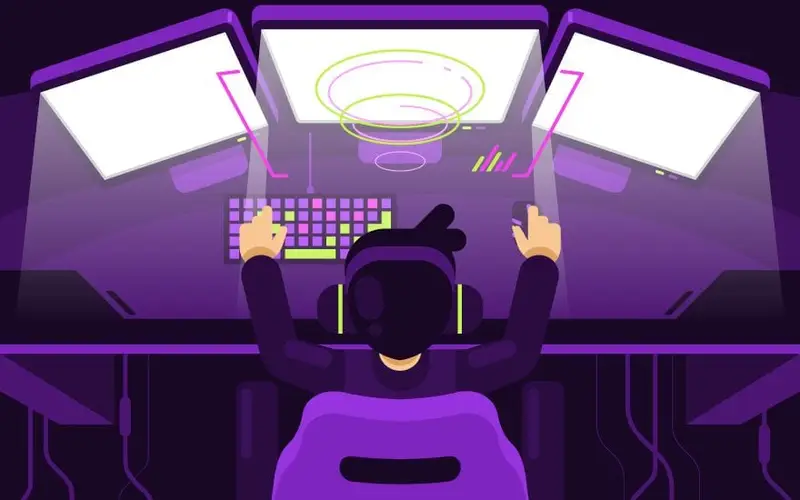
Images:
- Screenshots of Unity and Unreal Engine interfaces.
- Diagrams comparing the architecture and workflows of Unity and Unreal Engine.
- Infographics showing the market share and popular games developed with each engine.
2. Graphics Rendering
Article:
- “The Evolution of Graphics Rendering: From Pixels to Photorealism”
A look at the advancements in rendering technology, including real-time ray tracing, global illumination, and the shift towards photorealistic graphics.
Images:
- Before-and-after images showing the impact of ray tracing on visual quality.
Illustrations of different rendering techniques (e.g., rasterization vs. ray tracing).
Examples of graphical effects like reflections, shadows, and ambient occlusion.

3. Artificial Intelligence (AI) in Games
Article:
- “How AI is Transforming Game Design: From NPC Behavior to Procedural Generation”
- An exploration of how AI is used to enhance non-player character (NPC) behavior, create dynamic environments, and generate content procedurally.
Images:
- Diagrams of AI decision trees or behavior trees for NPCs.
- Screenshots showing procedural content generation in games.
- Flowcharts illustrating the role of AI in game development pipelines.
4. Physics Engines
Article:
- “The Role of Physics Engines in Creating Realistic Game Worlds”
- An examination of how physics engines simulate real-world physics, including collision detection, ragdoll physics, and fluid dynamics.
Images:
- Side-by-side comparisons of objects interacting with and without a physics engine.
- Graphs and diagrams showing how physics simulations are calculated.
- Screenshots of games demonstrating realistic physics effects.

5. Virtual Reality (VR) and Augmented Reality (AR)
Article:
- “Immersive Experiences: The Rise of VR and AR in Gaming”
- A look at how VR and AR technologies are changing the way we play games, including hardware advancements, development challenges, and notable VR/AR games.
Images:
- Photos of VR headsets and AR devices.
- Diagrams showing the technology behind VR/AR, such as motion tracking and environmental mapping.
- Screenshots or concept art from popular VR and AR games.
6. Game Development Tools
Article:
- “Essential Tools for Game Developers: From Asset Creation to Debugging”
An overview of various tools used throughout the game development process, including modeling software, animation tools, and debugging utilities.
Images:
- Screenshots of popular development tools like Blender, Maya, or Substance Painter.
Workflow diagrams showing how different tools fit into the game development pipeline.
Examples of assets created with these tools, like 3D models or textures.
7. Networking and Multiplayer
Article:
- “Building the Backbone: Networking Technologies for Multiplayer Games”
- A discussion on the technologies and strategies used to create multiplayer experiences, including client-server models, peer-to-peer networking, and synchronization techniques.
Images:
- Diagrams of client-server and peer-to-peer network architectures.
- Screenshots showing multiplayer game setups or server management interfaces.
- Flowcharts illustrating how data is synchronized across multiple players.
These articles and images can help provide a comprehensive view of the technologies driving modern game development, catering to both enthusiasts and professionals in the field.

Nisha Jina : offical Game Developer and Guider and helper..
Lorem ipsum dolor sit amet, consectetur adipiscing elit. Ut elit tellus, luctus nec ullamcorper mattis, pulvinar dapibus leo.